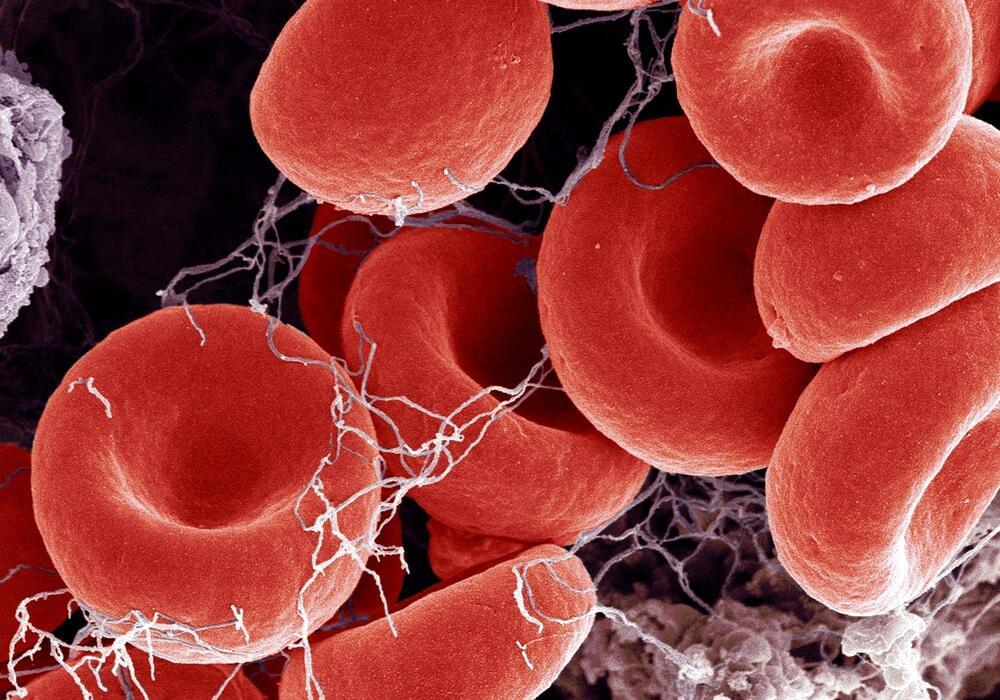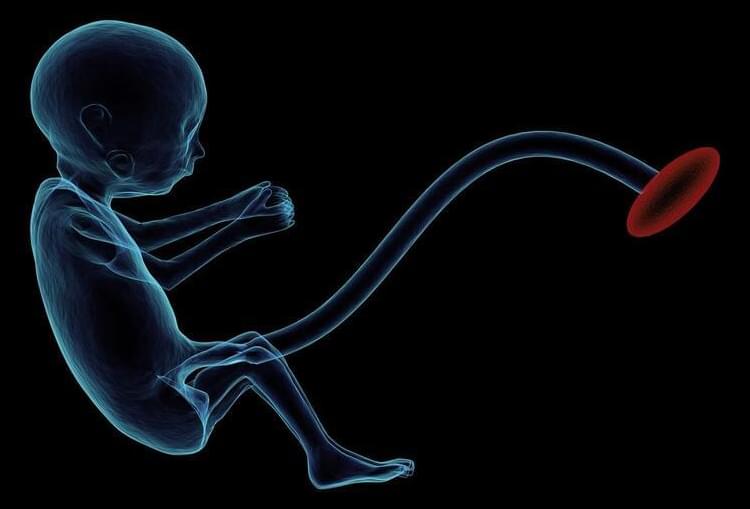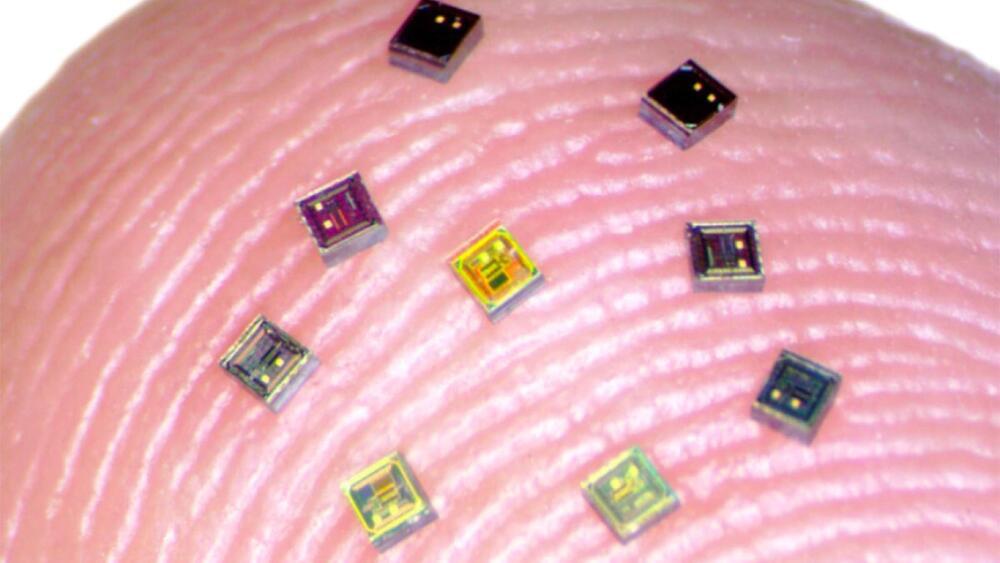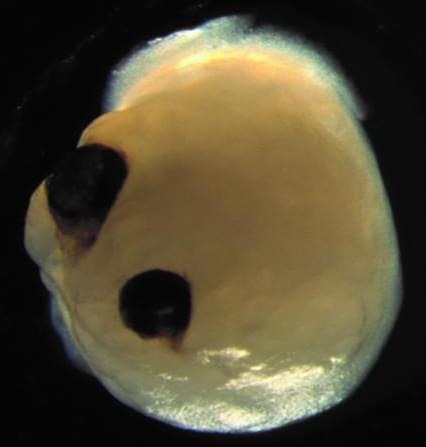The Conboys are looking at human trials soon but not with E5. it will be interesting to see how their trial compares to this E5 dog trial.
In this video Dr. Fahy shares his opinion on some of the up and coming anti-aging therapies, including NAD boosters, Hyperbaric Oxygen Chambers and senolytics.
Intervene Immune website:
Contact to join the trial or invest.
Dr. Greg Fahy is a world renowned cryobiologist and is also the chief science officer, and co-founder, of Intervene Immune, a company which pioneers treatments for thymus regeneration and age-related immune system decline. Dr. Fahy Designed and led the pilot TRIIM trial which first time showing both thymus rejuvenation and reversal of human epigenetic age. He is now running the follow up phase II trial TRIIM-X with the aim of confirming and extending the results.
************************************************************





